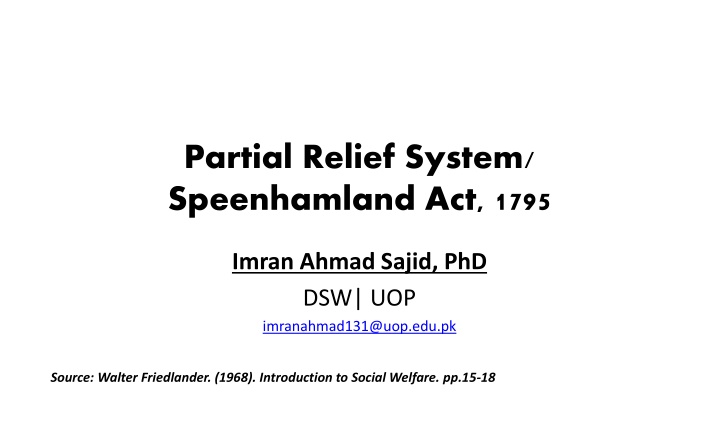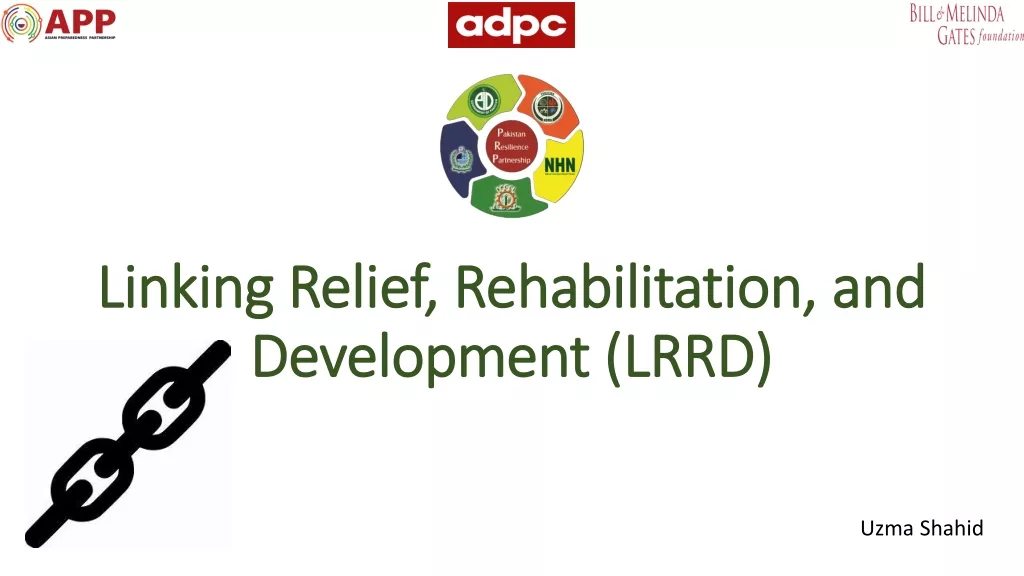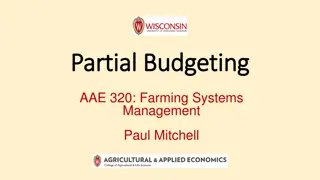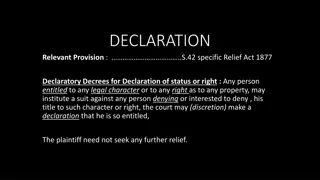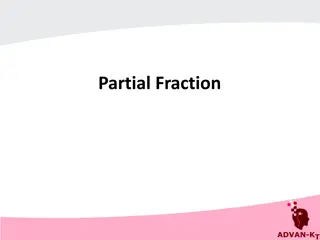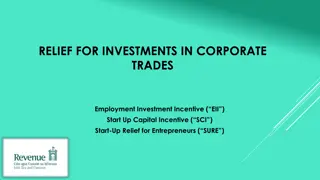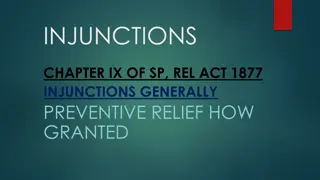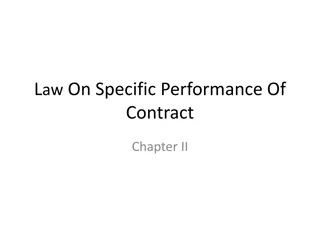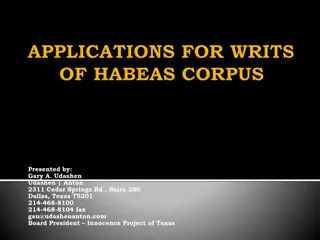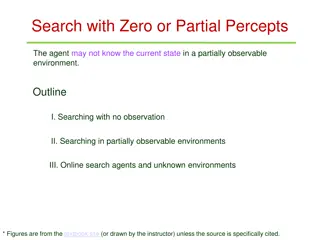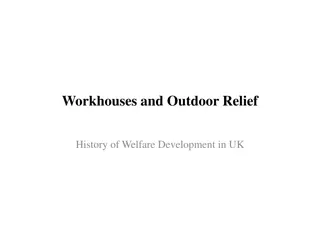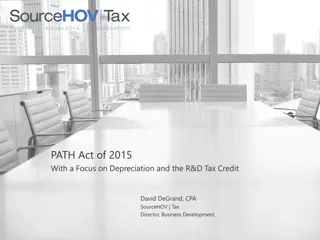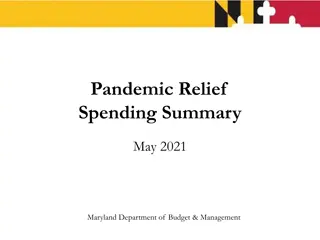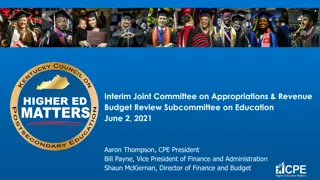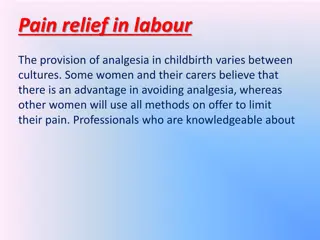Partial Relief System: Speenhamland Act 1795 Overview
In 1795, the Speenhamland Act was introduced as a partial relief system aimed at addressing poverty through measures such as workhouses, outdoor relief, and adjusting relief based on the cost of bread. The Act came in response to economic challenges and the impact of war, leading to debates on poverty alleviation strategies and their consequences on society.
Download Presentation

Please find below an Image/Link to download the presentation.
The content on the website is provided AS IS for your information and personal use only. It may not be sold, licensed, or shared on other websites without obtaining consent from the author.If you encounter any issues during the download, it is possible that the publisher has removed the file from their server.
You are allowed to download the files provided on this website for personal or commercial use, subject to the condition that they are used lawfully. All files are the property of their respective owners.
The content on the website is provided AS IS for your information and personal use only. It may not be sold, licensed, or shared on other websites without obtaining consent from the author.
E N D
Presentation Transcript
Partial Relief System/ Speenhamland Act, 1795 Imran Ahmad Sajid, PhD DSW| UOP imranahmad131@uop.edu.pk Source: Walter Friedlander. (1968). Introduction to Social Welfare. pp.15-18
1. 1722 Private Workhouse 2. 1761 Registration of all infants 3. 1767 Removal of all children below six (6) years of age 4. 1782 Abolish contract system 5. 1793 1815 War between France and England 6. 1795 Speenhalmland Act
17th Century Commercial Competition b/w Dutch and Britons Workhouse as Export Promotion Center
1696: Workhouse Experiment OBJECTIVES Reduce beggary and poverty, manufacture finishing goods for export Every able bodied poor was forced to work in workhouse 1722 Contract with Private Workhouse Operators PROBLEMS Over crowding Poor living and working conditions CONSEQUENCES Family breakdown Increasing Infant Mortality (82% infants died) Increasing Immoralities
Workhouses and Outdoor Relief 1761 Registration of all infants in Workhouses 1767 Removal of all children below six (6) years of age 1782 Abolishing Contract system / Starting Outdoor Relief Abolishing Honourary Overseers of Poor with Salaried Guardians of Poor
Source of Increasing Poverty Economic Changes in England, particularly two (2) factors 1. 1. Enclosure Movement 2. 2. Power Driven Machinery
Partial Relief: Speenhamland Act 1795 1793-1815: France vs Britain War, leading to French Revolution Longest war 22 years CONSEQUENCES Price Hike Increased Poverty Increased Diseases Veterans Refused to go to Workhouses
May 1795 Berkshire County at Speenhamland Meeting of the Officers of Poor Laws UNIVERSAL SCALE OF PRACTICES / BREAD SCALE Determine the amount of relief on the basis of the local cost of bread needed for the sustenance* of the family. Supplement wages of labours who s earnings are less than this minimum subsistence**. **condition of managing to stay alive *livelihood
Parliament approved SPEENHAMLAND ACT OF 1795 Authorizing relief allowance in the homes of the poor, according to the size of the family, either for full support or to supplement low wages. Outdoor relief for old, infirm and handicapped persons
RESULTS Lowered wages and general standard of living Higher tax rates Employers substandard wages Destroyed worker s incentives to do good job
CRITICISM Tax payers resentment Communities with more poors and less tax payers had to pay more tax than the communities with less poors and more tax payers. Adam Smith state should not interfere with private economy so that the manufacturer could reap the profits of production Gradual withdrawal of public relief Thomas R. Malthus poor relief encouraged paupers to have more children in order to get relief for them, tended to raise the price of food, impoverishing the entire working class
